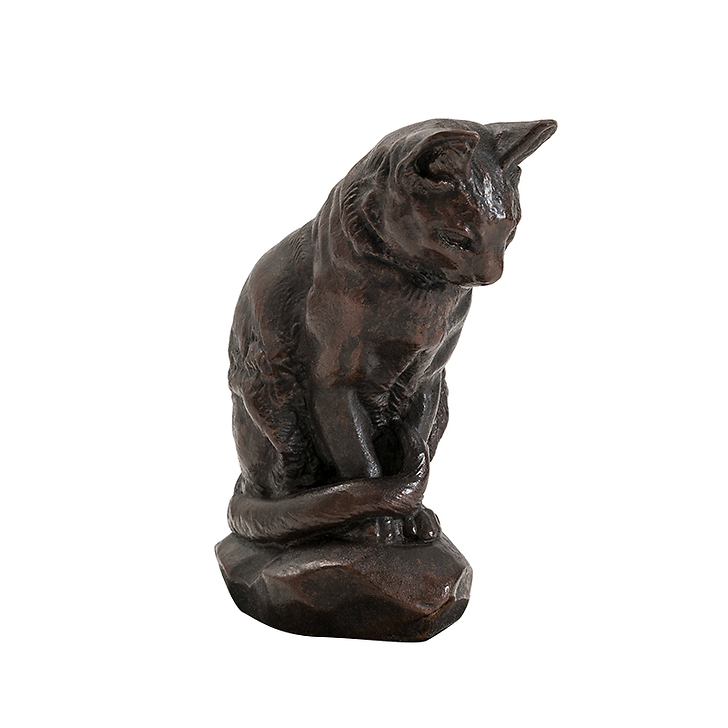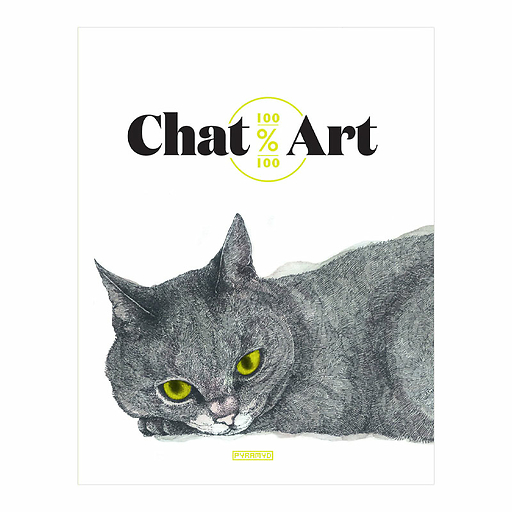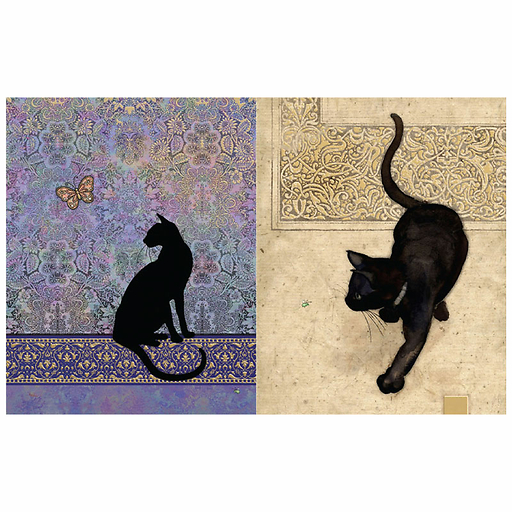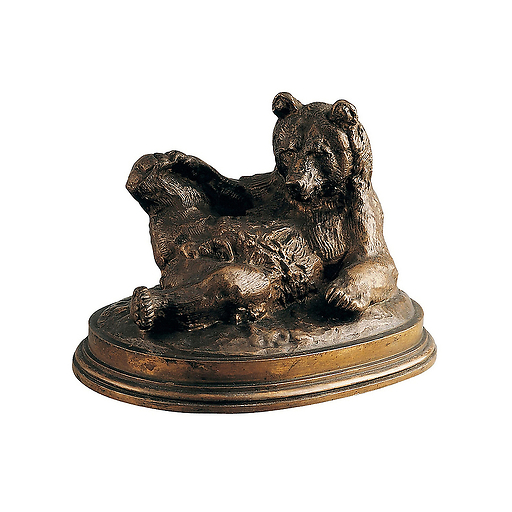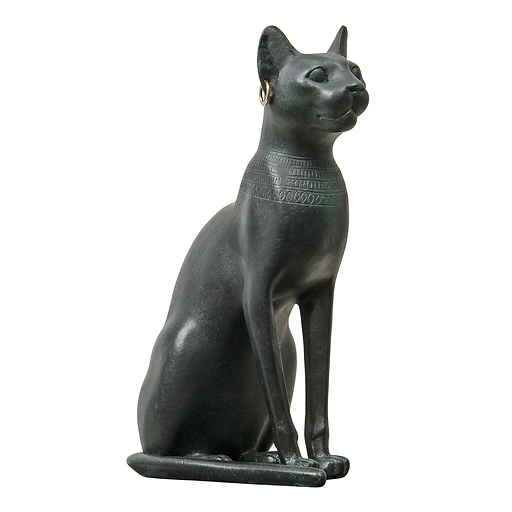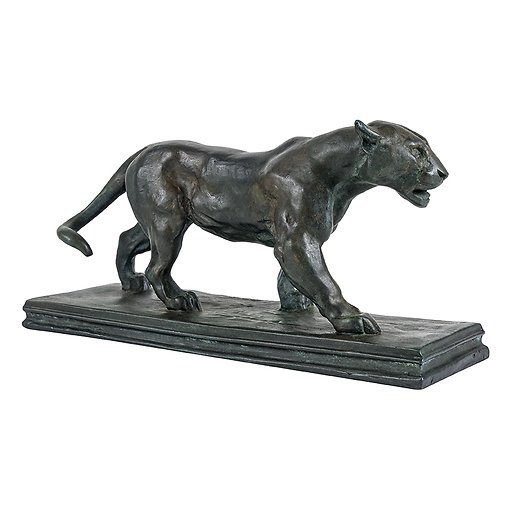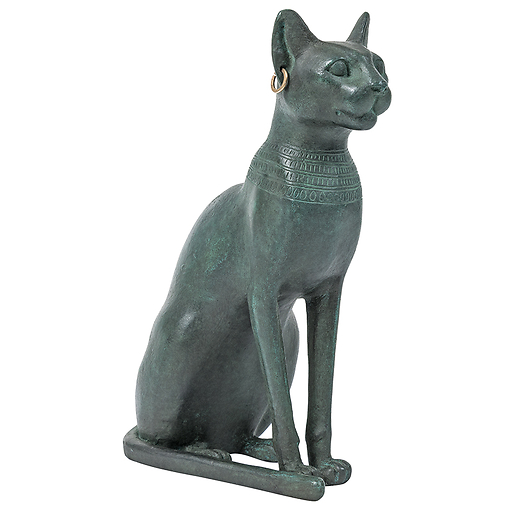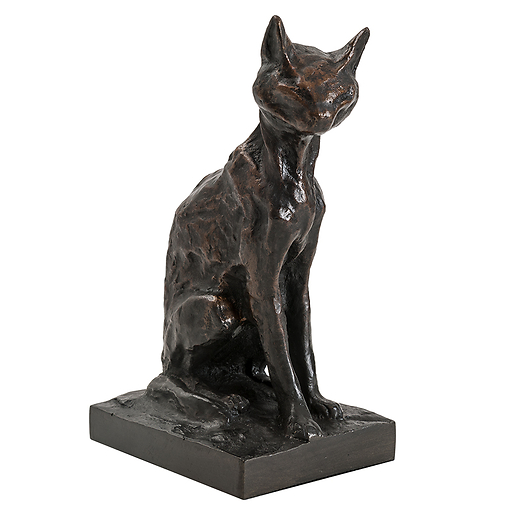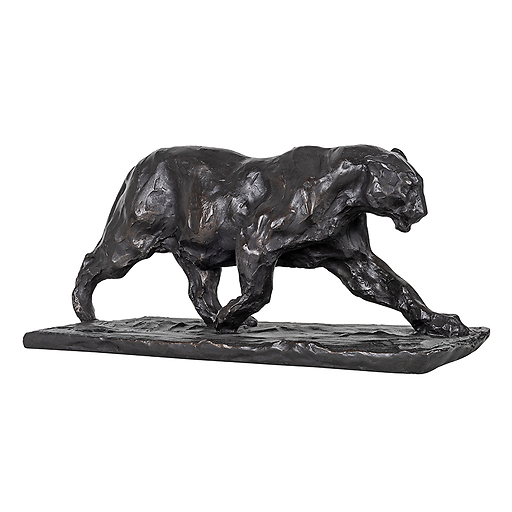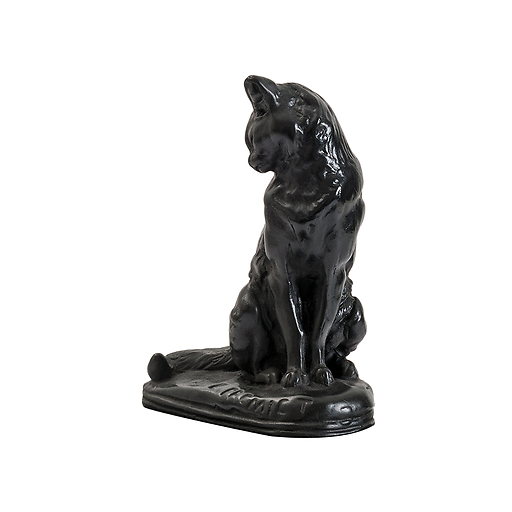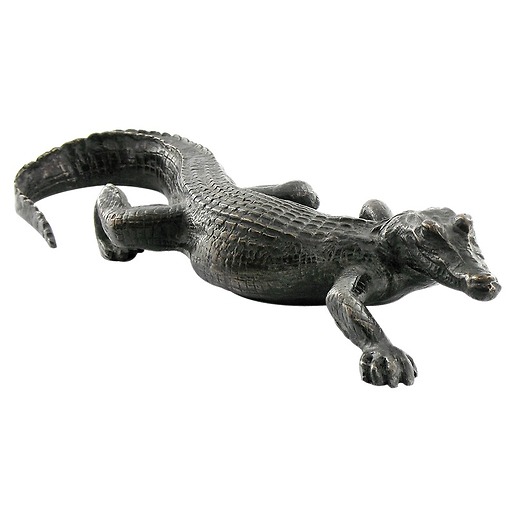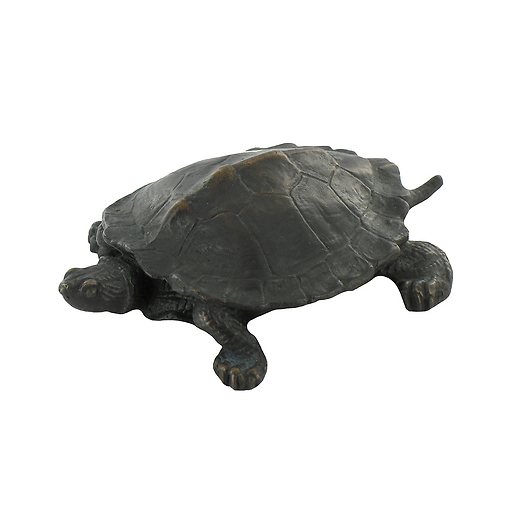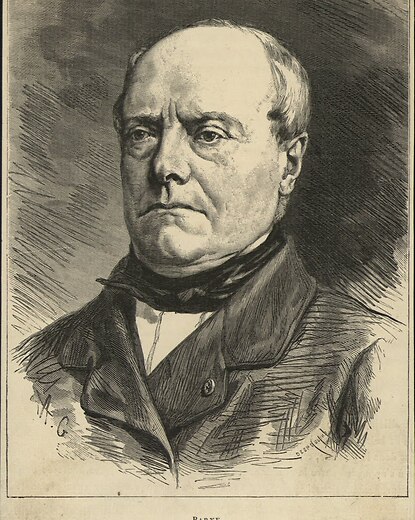Reproduction patinated by hand. Mold made from an imprint of the original work.
Barye is one of the first sculptors to give the animal a life, a soul of its own. Beside commissions from great patrons, Barye successfully publishes his works in small format bronzes to a wider public.
Director of the...
Read more
Reproduction patinated by hand. Mold made from an imprint of the original work.
Barye is one of the first sculptors to give the animal a life, a soul of its own. Beside commissions from great patrons, Barye successfully publishes his works in small format bronzes to a wider public.
Director of the molding workshop of the Louvre (1848-1850), it is this same workshop which today publishes more than ten creations of this artist engaged in the democratization of the art.
Close

